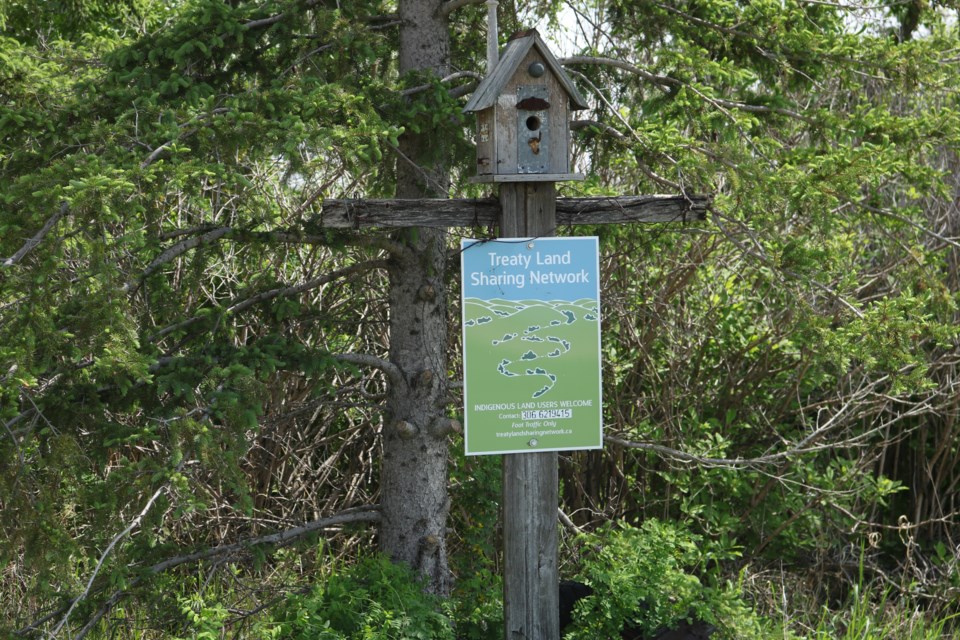YORKTON - We all need to be willing to change if the efforts of truth and reconciliation are going to heal old wounds and build a better foundation for our future.
Part of the process is recognizing what treaties are.
While I am in no way an expert I do recognize they are far more than the First Nations giving up their lands in exchange for small tracts of reserve land.
For many non-aboriginals it is sadly what they think the treaties were, although to be fair, given the history which shows treaties ignored and broken, it would be difficult to fully appreciate the documents. Even history taught in the classroom has been decidedly whitewashed for decades.
Clearly it is time for a change, and one small step in that effort seems to be the Treaty Land Sharing Network.
“Sharing land is fundamental to the Treaty agreements that are intended to govern our coexistence on these territories,” notes the organization’s website at treatylandsharingnetwork.ca
“The Treaty Land Sharing Network is a group of farmers, ranchers, and other landholders who have come together to begin the crucial work of honouring Treaties. In the spirit of sharing the land, we welcome First Nations and Métis people to access the land that we farm to practice their way of life. We are committed to implementing the Treaty relationship, engaging in ongoing learning together as we practice being Treaty people, and establishing a different way forward for rural Saskatchewan.”
It seems like such a simple thing, allowing controlled access for First Nations and Métis people to access the land – it is essentially being a good neighbour.
The network asks those wishing to access land – foot traffic only – to call ahead.
If a piece of land has electric fences and livestock grazing access might be controlled, but the idea is to let First Nations and Métis hunt and gather as treaties laid out years ago.
It is less a brilliant new idea and more a recognition of what was agreed to when the treaties were signed. At the time there was a level of trust and expectation that the treaties were a foundation for a better future for all. It should have been that, but we know treaties were too often simply ignored and trampled.
Will the network fix the past?
Not even close.
Will it make a huge difference today?
Probably, there will be less usage of the lands than might be expected, building small bridges, but not having a huge effect.
But, it is a step, and the old adage about a long journey starting with a single step comes to mind. We have a long way to go on this journey but finally we seem to be starting along the right path.

